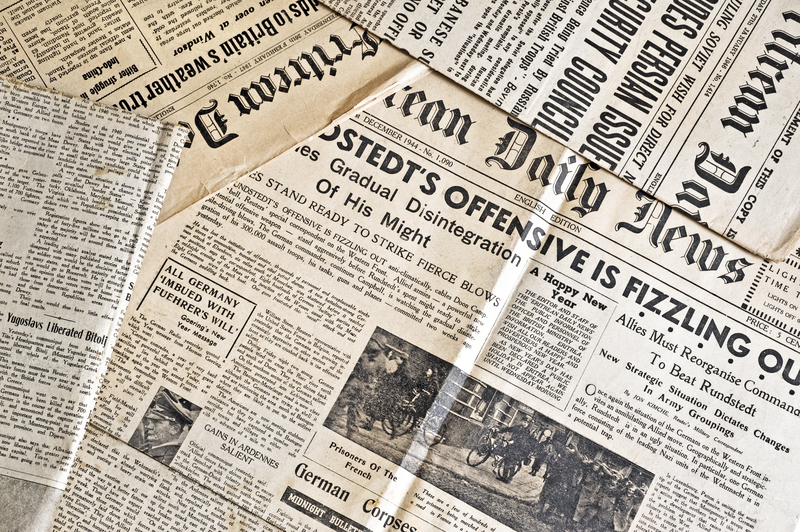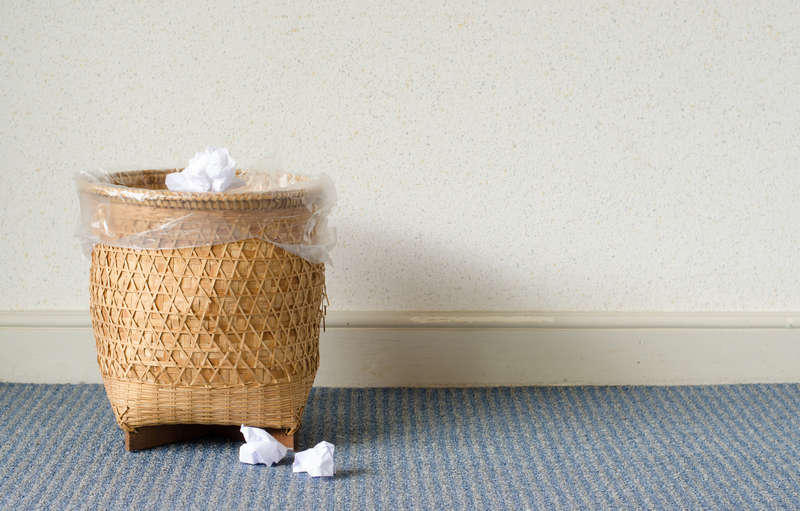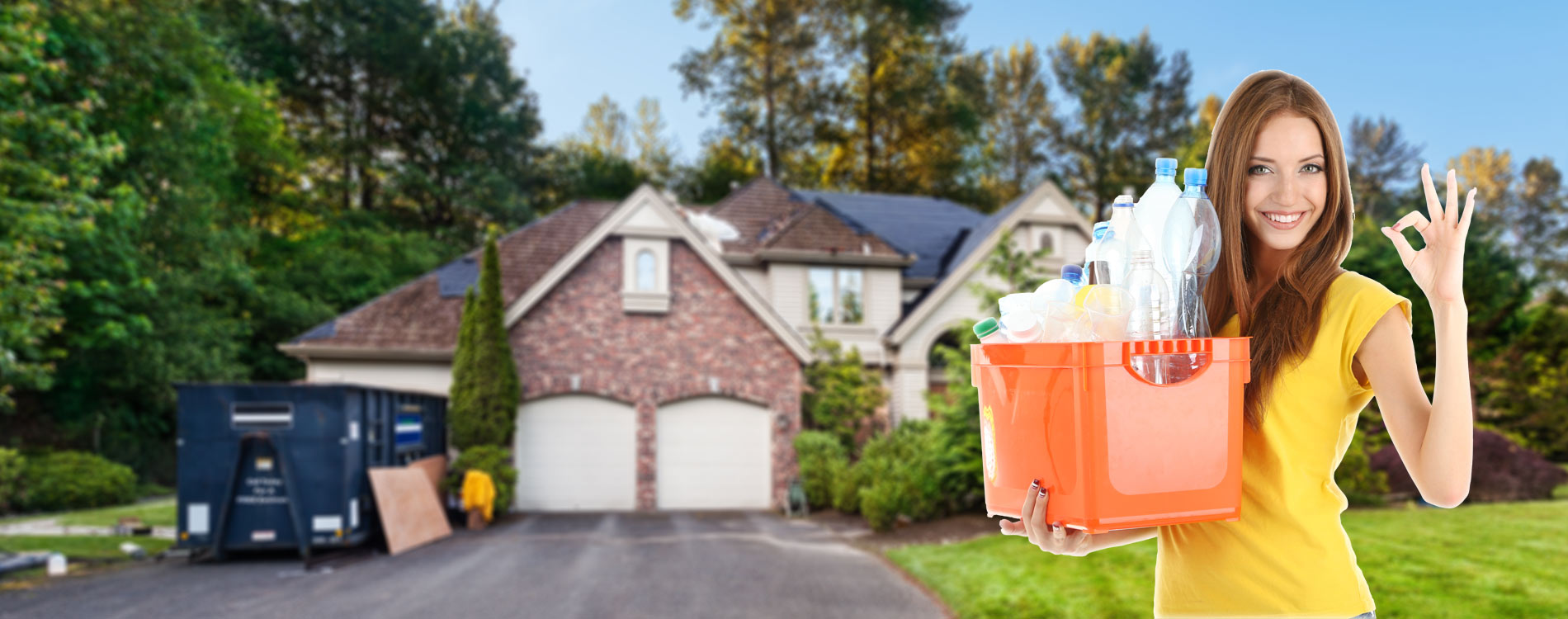Steps to Easier Recycling
Posted on 05/11/2025
Recycling presents an effective way to manage waste and conserve natural resources. Alongside reducing pollution, it supports the protection of ecosystems and biodiversity. However, individuals often find recycling to be cumbersome. This article outlines practical steps to make recycling easier and more efficient.
1. Understand What Can Be Recycled
The first step in making recycling easier is understanding what materials can be recycled. Common recyclable materials include paper, cardboard, glass, aluminum, and certain plastics. Check with your local recycling program to get a list of accepted items.

2. Keep a Recycling Bin Handy
Place a recycling bin in a convenient location in your home, such as the kitchen, where most recyclable waste is generated. Having a dedicated bin makes it easier to separate recyclables from trash immediately.
3. Clean Recyclables
Ensure that your recyclables are clean before placing them in the bin. Rinse out food containers and remove any residue. Contaminated recyclables can spoil entire batches, rendering them unsuitable for recycling.
4. Flatten Boxes and Crush Bottles
Flattening cardboard boxes and crushing plastic bottles and aluminum cans save space in your recycling bin. This makes it easier to transport and process the recyclables.
5. Label Your Recycling Bins
Label your recycling bins to avoid confusion. Use clear labels to differentiate between plastics, paper, glass, and metals. This organizational step can streamline the sorting process and make recycling less tedious.
6. Stay Informed about Changes
Recycling guidelines often change, so it's essential to stay informed. Sign up for updates from your local waste management services and stay current with recyclable materials and processes. This will ensure you're following the latest best practices.
Pros and Cons of Recycling
Pros:
- Reduces waste sent to landfills and incinerators
- Conserves natural resources such as timber, water, and minerals
- Saves energy compared to producing new products from raw materials
- Decreases pollution by reducing the need to collect new raw materials
- Creates jobs in the recycling and manufacturing industries
Cons:
- Can be time-consuming
- Not all materials are recyclable, leading to confusion and contamination
- Recycling processes can be costly and resource-intensive
- Recycling facilities and programs vary widely by region
Tips for Easier Recycling
- Start small by focusing on the most common recyclables in your household
- Reuse items like jars and containers to reduce the need for recycling
- Set up a schedule to routinely take out recyclables
- Engage family members in the recycling process for collective effort
- Donate items like clothes and electronics instead of discarding them

Takeaways
Recycling is a crucial practice for environmental conservation and resource management. Making recycling easier involves understanding recyclable materials, properly sorting and cleaning them, and staying informed about new guidelines. While recycling has its challenges, its benefits significantly outweigh the cons.
Conclusion
Recycling doesn't have to be a daunting task. By following these steps, you can streamline the process and make it a natural part of your daily routine. Remember that every little effort counts. Implementing the outlined strategies will contribute to a cleaner environment and a more sustainable future.

 020 8610 9486
020 8610 9486










